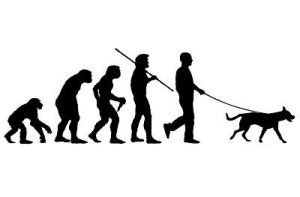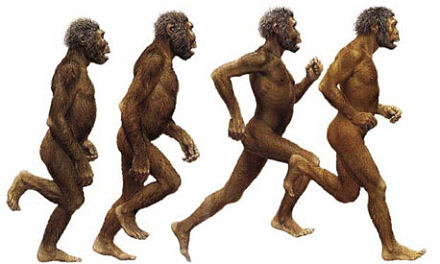
The hormones that make women physically stronger, more competitive and better able to deal with stress also tend to redistribute fat from the hips to the waist, which means that having an imperfect body may come with substantial benefits for some women, says a researcher from the University of Utah. Writing in Current Anthropology, researcher Elizabeth Cashdan explained that in societies and situations where women are under pressure to procure resources, they may consequently be less likely to have the classic hourglass figure.
Cashdan’s hypothesis aims to explain a rather odd phenomenon: women around the world tend to have larger waist-to-hip ratios (more cylindrical rather than hourglass-shaped bodies) than is considered optimal. Medical studies have shown that a “curvy” waist-to-hip ratio of 0.7 or lower is associated with higher fertility and lower rates of chronic disease. Studies have also shown that men prefer a ratio of 0.7 or lower when looking for a mate. Thus the low ratio is a reliable signal of a healthy, fertile woman.
This, says Cashdan, is where the hormones come in. She explained that androgens (such as testosterone) increase waist-to-hip ratios in women by increasing visceral fat, which is carried around the waist. These increased androgen levels are associated with increased strength, stamina, and competitiveness. Additionally, cortisol, a hormone that helps the body deal with stressful situations, also increases fat carried around the waist.
“The hormonal profile associated with high WHR (waist-to-hip ratio) may favor success in resource competition, particularly under stressful circumstances,” notes Cashdan. “The androgenic effects – stamina, initiative, risk-proneness, assertiveness, dominance – should be particularly useful where a woman must depend on her own resources to support herself and her family.”
According to Cashdan, trading the benefits of a thin waist for better ability to collect resources may be a good deal in certain societies and situations. And there is evidence that male mate preferences may reflect this trade-off. In Japan, Greece and Portugal, where women tend to be less economically independent, men place a higher value on a thin waist than men in Britain or Denmark, where there tends to be more sexual equality.
“Waist-to-hip ratio may indeed be a useful signal to men, then, but whether men prefer a WHR associated with lower or higher androgen/estrogen ratios [or value them equally] should depend on the degree to which they want their mates to be strong, tough, economically successful and politically competitive,” Cashdan concludes.
Related:
Humans: Designed For Fatness
Testosterone Apocalypse!
Body Image Problems Becoming More Pervasive
The Beautiful People – Time For A Reality Check

















Comments are closed.